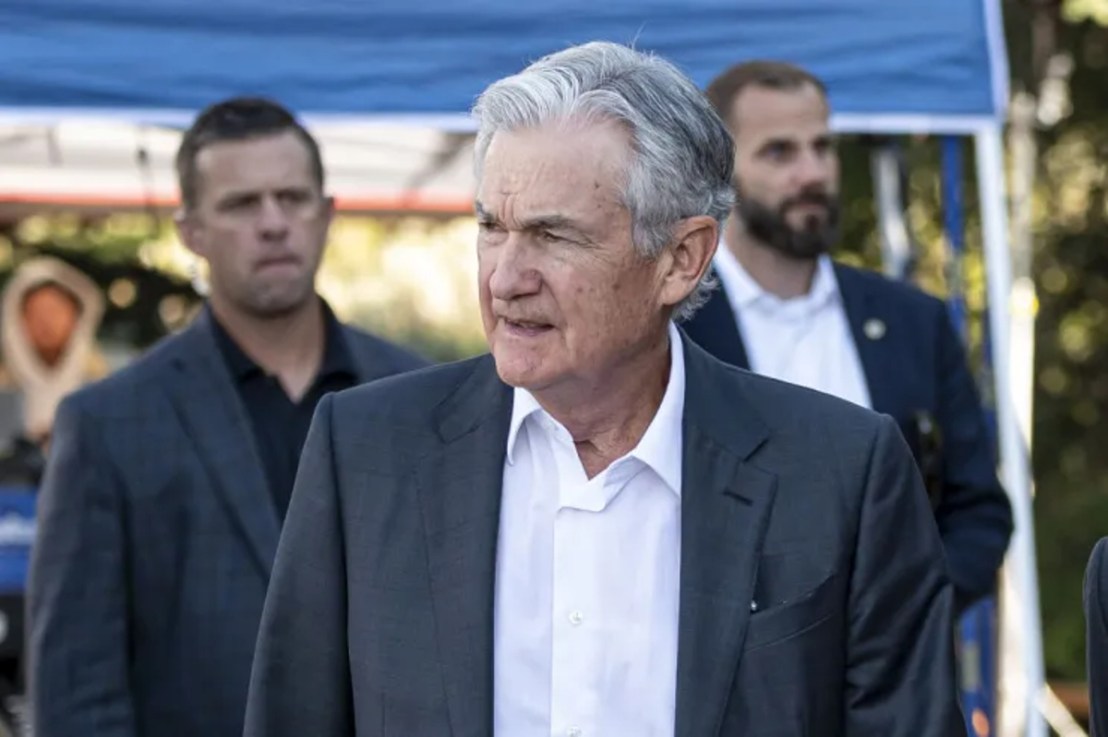Jackson Hole highlights: Powell’s cutting rates, Bailey’s lifting weights
Central bankers from all over the world descended on the small Wyoming town of Jackson Hole last week for a session of ruminating, speculating and pontificating. Here are the four main takeaways from the annual central banking shindig.


Central bankers from all over the world descend on the small Wyoming town of Jackson Hole last week for a weekend of ruminating, speculating and pontificating.
The conference came at an important time for the central banking community, with inflation in abeyance around the world and the easing cycle gradually getting underway.
Here are the four main takeaways from the annual central banking shindig:
Jerome Powell: Cuts are coming
With the eyes of the world watching, Jerome Powell’s headline slot at the p̶y̶r̶a̶m̶i̶d̶ s̶t̶a̶g̶e Jackson Hole Symposium did not disappoint.
His message was unmistakably dovish. “The time has come for policy to adjust,” Powell said, pointing to growing downside risks after those labour market figures back in early August.
Powell confirmed that the Fed would not welcome any further downturn in the labour market and left the door open for a 50 basis point cut at the Fed’s next meeting in September.
But remember, at the turn of the year markets had almost fully priced in a rate cut for March. The big question is whether the Fed has already waited too long.
Ian Shepherdson, chair and chief economist at Pantheon Macroeconomics thinks so. “The inflation pipeline is very benign, and the hard inflation data will continue to catch up to this reality. The Fed now has to catch up too,” he said.
Bank of England Governor sheds pounds
While Powell stands poised to cut rates, Andrew Bailey appears to have been lifting weights. The increasingly svelte Governor told The Sunday Times that he had successfully managed to shed some pounds over the summer.
“It’s been an unsuccessful ambition for some time, but during this summer I have had success,” he told the newspaper. “I’m happy to reduce something else as well as inflation,” he added.
Bailey’s own speech on Friday was cautiously optimistic about the inflation outlook. “The second-round inflation effects appear to be smaller than we expected. But it is too early to declare victory,” he said.
ECB less optimistic
Philip Lane, chief economist at the European Central Bank (ECB), sounded less confident that inflation was under control than his counterparts at the Bank and the Fed.
“The return to target is not yet secure,” Lane said. “The monetary policy stance will have to remain in restrictive territory for as long as needed,” he stressed.
Nevertheless, Lane still noted that the ECB faced risks on both sides, warning that if rates stayed relatively high, the eurozone’s budding recovery could be quashed.
“A rate path that is too high for too long would deliver chronically below-target inflation over the medium term and would be inefficient in terms of minimizing the side effects on output and employment.”
US jobs market nears tipping point
When interest rates first started rising in 2022, policymakers were deeply concerned about the potential impact on unemployment. It was widely thought that unemployment would have to rise significantly for inflation to fall.
As it has happened, price pressures have managed to dissipate without a substantial increase in unemployment. Instead the number of job openings has come down dramatically, contributing to a looser labour market without putting people out of work.
However, according to new research presented at Jackson Hole, the US labour market is nearing a tipping point where unemployment will start to rise much more rapidly as jobs growth slows.
The research, presented by Pierpaolo Benigno of the University of Bern and Gauti B. Eggertsson of Brown University, bolsters the case for more aggressive rate cuts.


